
Sometimes you may have to face a rather serious problem: excess water from rain in the garden. If you live in an area where rainfall tends to fall torrentially and in a short time, and if the land also remains dry for many months (except that used by plants, of course 🙂), the risk that you will end up with a plot of land flooded is very, very high.
But, the thing is not left alone in what happens that same day: the consequences will be seen later, as everything returns to normal. The experience can be, sometimes very positive, since there are certain plants that will appreciate this excess of water, but also unpleasant. So, what to do in the face of excess water from rains in the garden?
Water is good, but up to a point
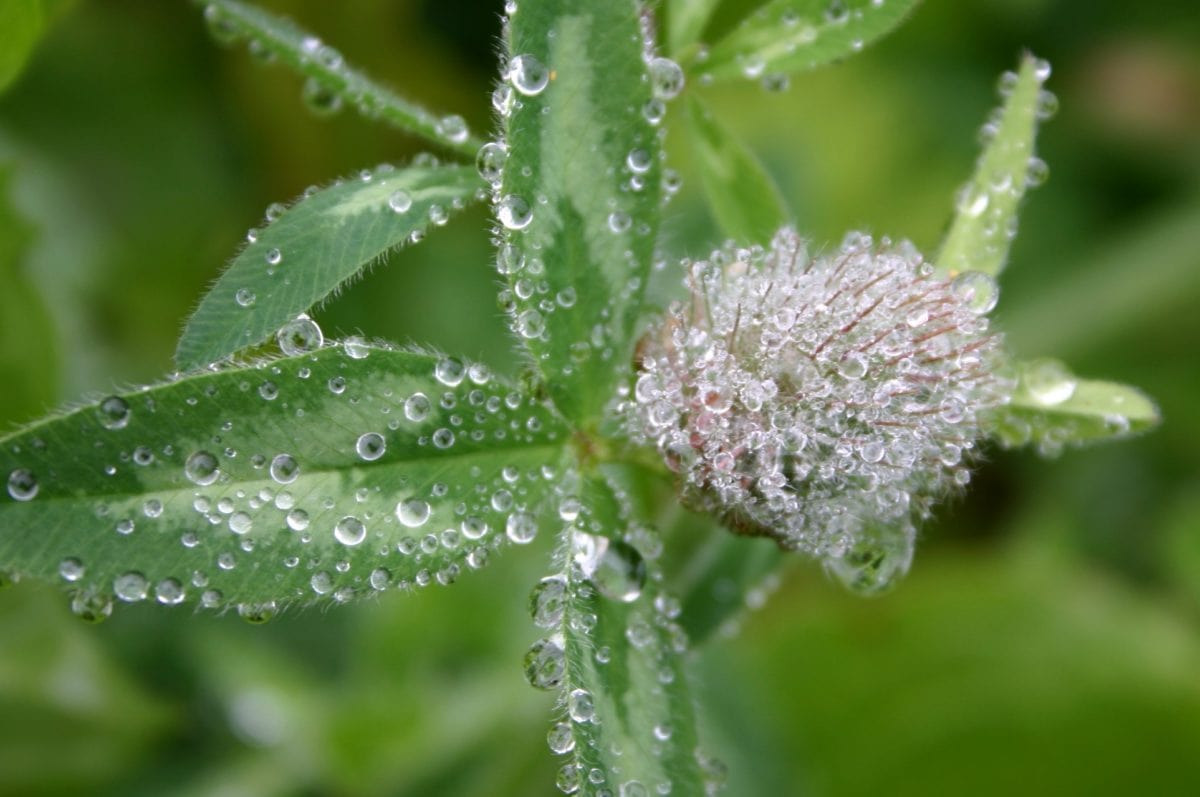
All living things need water to stay alive. But when we talk about plants, people tend to make the mistake of thinking that the more water they have, the better they will be, which is not true. They they only need a certain amount of the precious liquid, which can be higher or lower depending on the characteristics of the terrain (that is, whether it retains moisture for more or less time, as well as whether it has good or bad drainage), and the plants themselves (a agave, for example, requires much less water than a rosebush).
That's why excess water from rains in a garden can cause problems. But why? For two main reasons:
- The water that falls intensely and in a short time, what it does is drag the nutrients further into the earth, thus impoverishing that land in which the roots grow and develop. Also, it can increase acidity.
- If the soil is not able to drain the water quickly, in a few days or weeks the roots die from suffocation and rot.
What are the consequences of excess water due to rainfall?
The excess of water due to rainfall has the same consequences as if that excess is from irrigation, with the difference that we control the irrigation of a pot, while the rains fall when the appropriate atmospheric conditions are given for it.
So that there are no doubts, the symptoms of this problem are:
- Young leaves turn brown
- The lower leaves often turn yellow and fall off
- The plant looks like 'sad'
- Growth stops
- The roots rot
- Fungi begin to proliferate, causing rapid plant death
As we can see, the rains are not always good for our beloved garden.
How to recover a flooded garden?
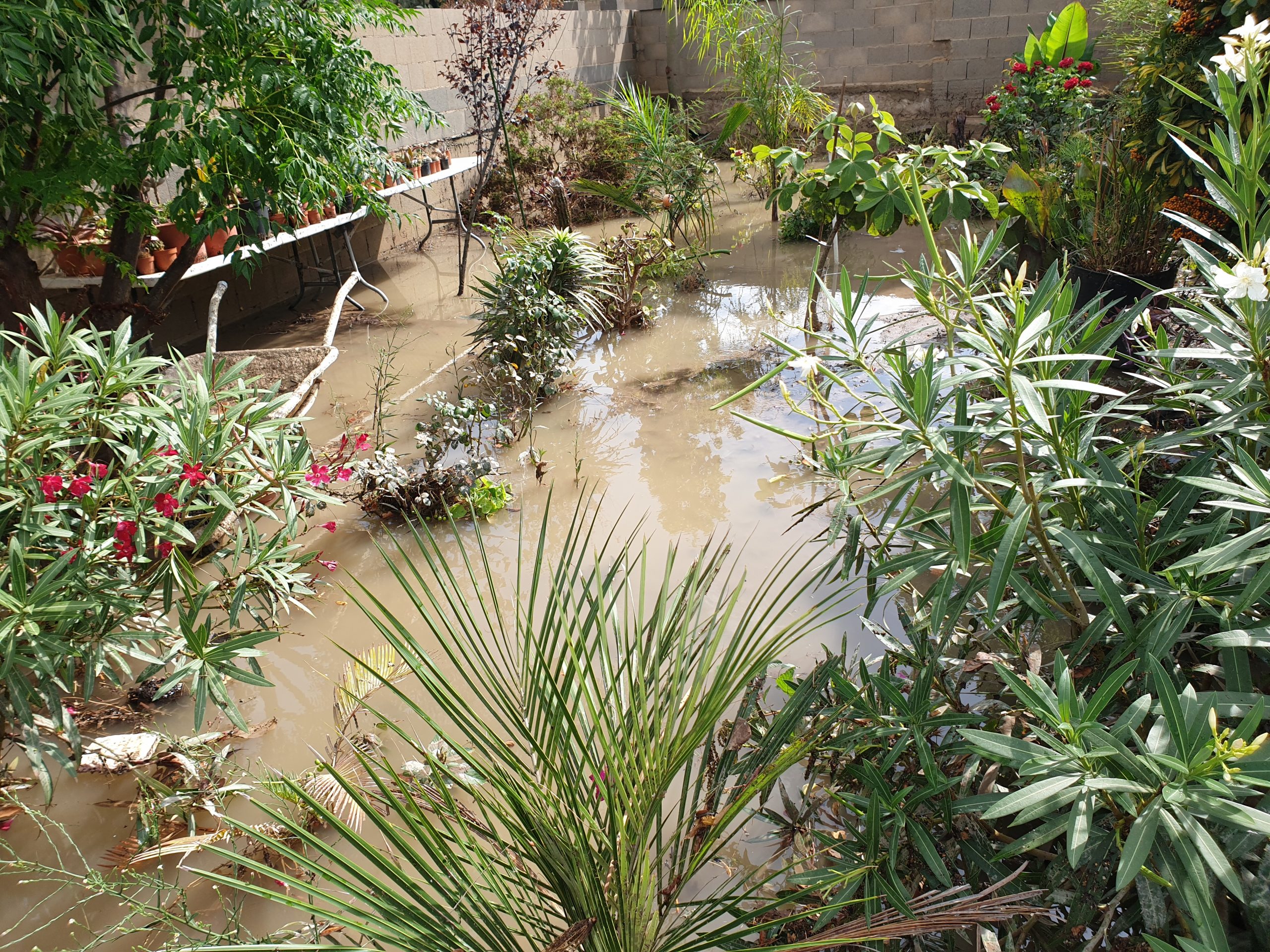
My garden, August 27, 2019.
The first thing we have to do is arm ourselves with patience. From my own experience I know that it is very frustrating to see that your plants have been under water who knows exactly how long, and not really know what will happen from now on. The worst thing, for me, was seeing a Palm tree who had been with me for five years. A parajubaea sunkha that measured a meter in height.
Before the rains it was beautiful, with open leaves and a healthy green color. But then those leaves closed and didn't open anymore. After about 15 days I tugged on the new blade a bit and it came off effortlessly. A rather unpleasant rotten smell came from inside its trunk.
The cause of his death? Asphyxia and rotting of the roots, apart from the fungal infection which was probably the blight final received.
To avoid greater evils, below I'm going to tell you what you can do to recover your flooded garden:
Treat plants with fungicide
It doesn't hurt to treat them all, but if you have many and / or for economic reasons you cannot afford it, treat only those that you know in advance that they are not plants that like excess water very much. These are succulents (cacti and succulents), agave, yuccas, etc. Here is a complete list of those that resist drought but not flooding:
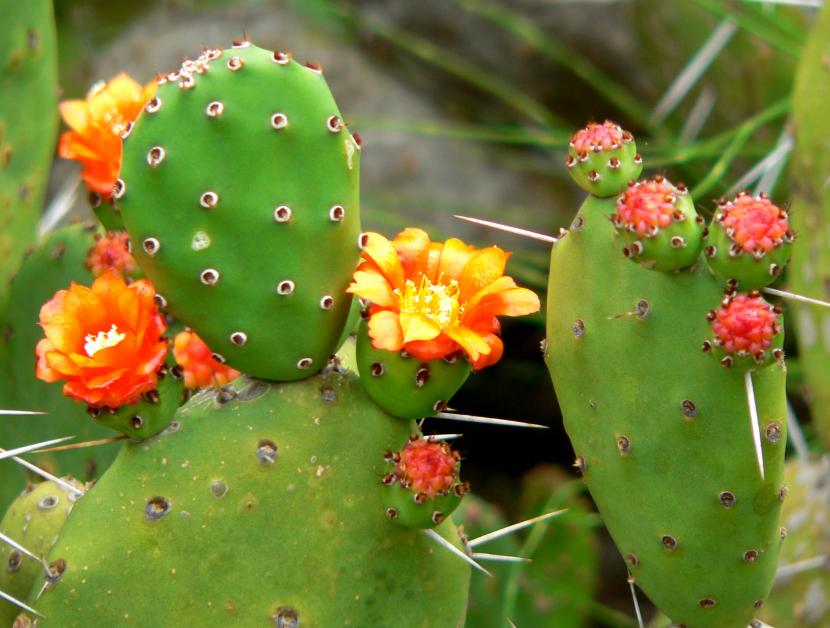
The fungicide if it is ecological, like copper, better, especially if you have domestic animals in the garden. Buy or purchase a spray to spray / mist the leaves, and a powder for the roots.
Cut off the dry parts
If they had any dry leaves or branches from before, cut them off with scissors or saw previously disinfected with pharmacy alcohol. In this way, you will prevent them from becoming sources of infection.
Water your plants with biostimulant
It is a product that contains essential nutrients that are likely to be helpful to you, especially if the rain has been intense (for example, 80 liters in an hour or more). Dilute the amount indicated on the container in water, and then pour it around the plant (on the ground).
You can get it from here.
Isn't it counterproductive to water after a torrential rain?
Watering is, because at the end of the day you are pouring water on already wet ground. But the amount you need to add the biostimulant is very little, so the problem is unlikely to get worse.
Dig trenches
If you see that the earth has trouble absorbing water, help him digging deep trenches (about 30cm) across the site. So that the work done will serve you forever, it is advisable to do them for example in the garden, or in those areas where there are plants whose water needs are high, since this way you can take advantage of them to water.
How to prevent the garden from flooding?
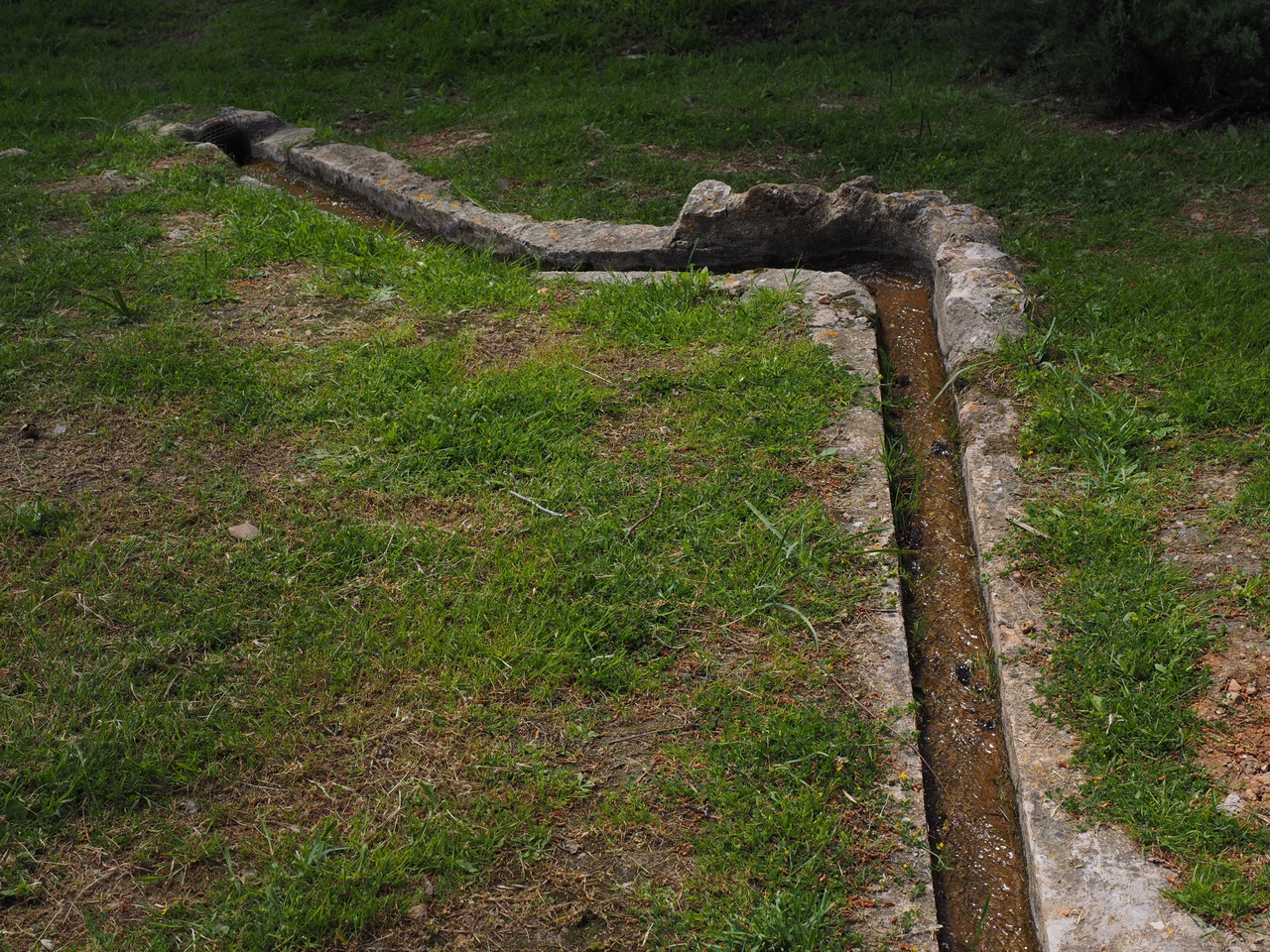
Regrettably it is impossible to prevent the garden from being flooded 100%. Meteorology is not an exact science, so any day, anytime, anywhere there can be a torrential rain and cause you problems. Now, yes, some measures can be taken to, at least, ensure that these consequences are not so devastating:
Cover delicate plants with plastic
If you see that it is going to rain, protects sensitive plants with transparent plastic as a greenhouse.
Protect the soil with gravel or similar
Gravel, pine bark, or the like, are substrates that absorb moisture quite a bit, thus preventing the roots from getting too wet.
Make trenches or channels
The water must be able to flow. If the soil remains in water for a long time, the roots will rot. That is why it is very important to make ditches or channels through which it can circulate.
Use porous substrates when planting
When you go to plant in the ground, make a big planting hole, at least 1 x 1m, and fill it with a first layer of about 40 x 40cm thick of pumice, gravel or similar.
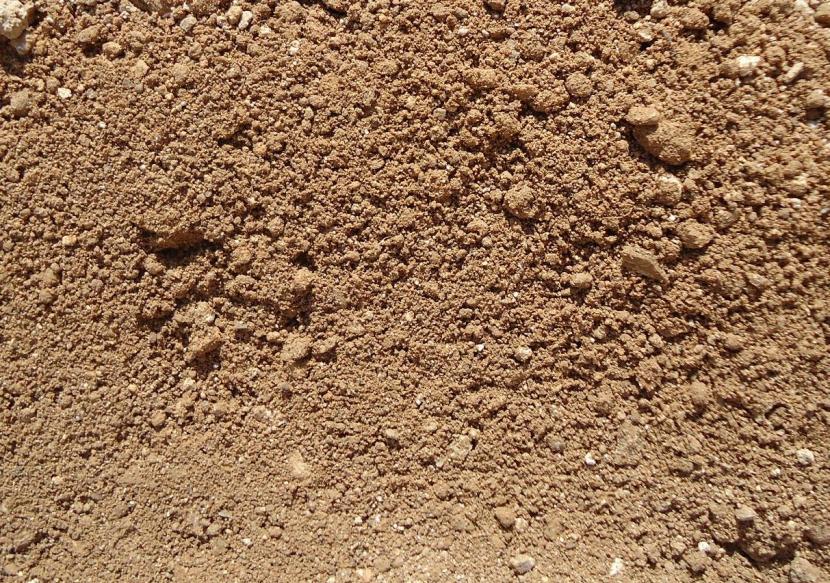
And with this we are done. We hope it has been useful to you 🙂.
It should rain normally for several days so that it soaks the soil without harming the plants, I am very sorry about your palm tree
Yes, it should. But you can't control it unfortunately.
Thank you